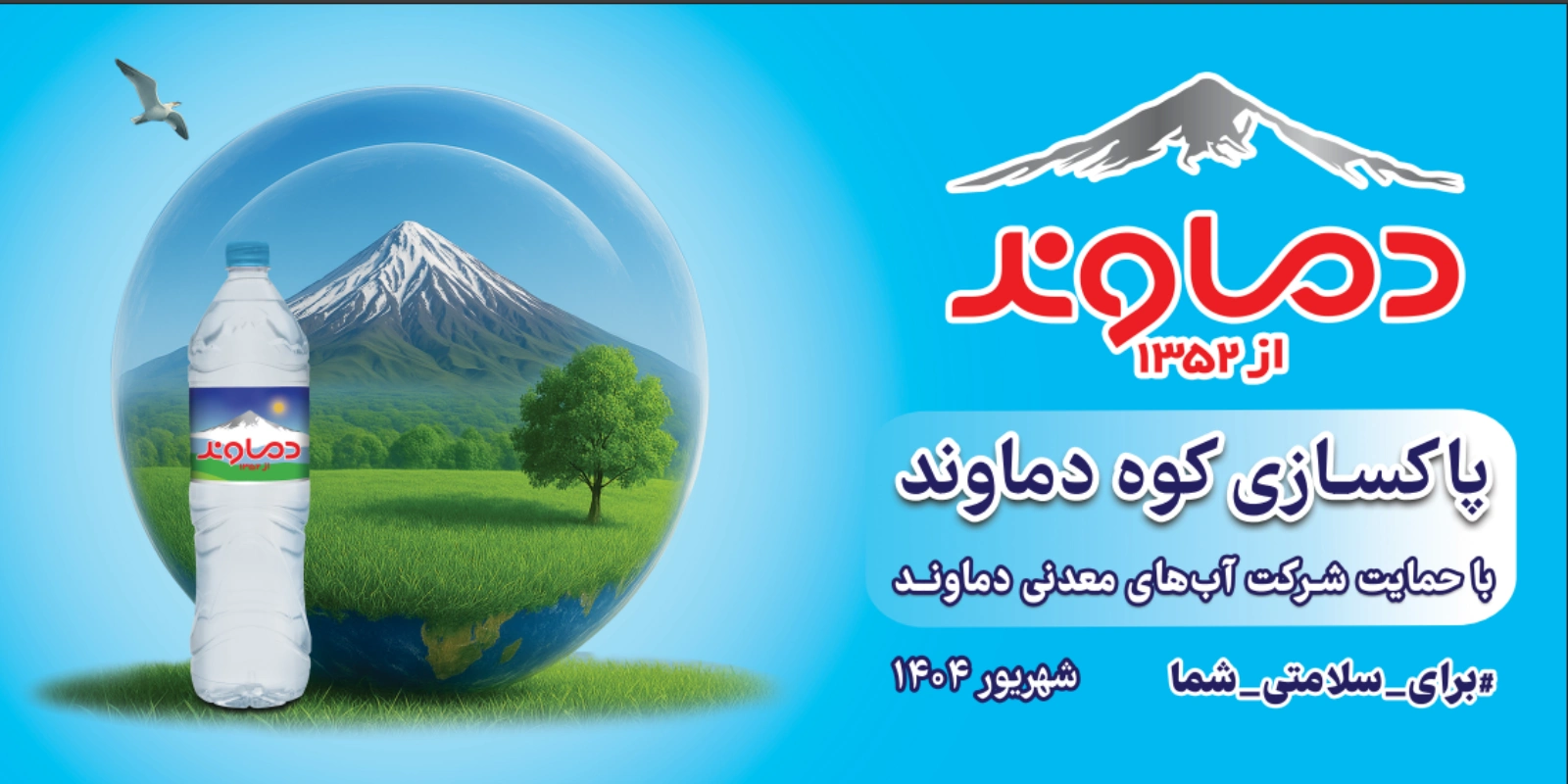Artificial Rain: How It’s Made, the Technologies Involved, and Its Environmental Impact
Introduction
Artificial rain is a cutting-edge technology in the realm of water resource management and climate improvement. With growing water demand and shrinking natural resources, the need for techniques like artificial rain is becoming increasingly urgent. In this article, we’ll dive deep into the process of creating artificial rain, the technologies used, and its impact on the environment.
1.The History and Development of Artificial Rain Technology
1.1. The First Attempts at Creating Artificial Rain
The concept of artificial rain dates back to the mid-20th century. The first experiments were conducted by American researchers like Vincent Schaefer and Bernard Vonnegut in the 1940s. They discovered that by introducing certain chemicals into clouds, they could trigger precipitation.
1.2. Scientific and Technological Advancements
In the following decades, newer and more efficient technologies for producing artificial rain were developed. The use of various salts, silver iodide, and carbon dioxide became integral to this process. Gradually, countries like China, Russia, and the United Arab Emirates made significant strides in this field.
2.Technologies Used in Artificial Rain Production
2.1. Common Methods for Creating Artificial Rain
Currently, several methods are employed to produce artificial rain. Let’s explore the most prominent ones:
Silver Iodide Seeding: One of the oldest and most widely used methods, this involves injecting silver iodide into clouds. Silver iodide acts as condensation nuclei, causing ice crystals to form, which eventually leads to precipitation.
Salt Seeding: In tropical regions, various salts are used to increase cloud density and induce rainfall.
Water or Carbon Dioxide Injection: These methods are mainly used in areas with low humidity and shallow clouds.
2.2. Equipment and Execution Process
The equipment used in this process includes specialized aircraft equipped with chemical dispersal systems. Additionally, weather balloons and ground-based equipment also play crucial roles. The typical process involves identifying suitable clouds, dispersing the chemicals, and monitoring weather changes.
3.Environmental and Social Impacts of Artificial Rain
3.1. Positive Impacts
Water Resource Management: In areas facing water shortages, artificial rain can serve as a temporary or even permanent solution to meet water needs.
Drought Control: This technology can help mitigate the severity of droughts and reduce their negative impacts.
3.2. Challenges and Concerns
Environmental Impact: The use of chemicals like silver iodide may have adverse effects on ecosystems. Studies have shown that some of these substances can penetrate soil and water sources, leading to contamination.
Social and Political Effects: Artificial rain control can lead to international disputes, particularly in regions with shared water resources. Additionally, improper use of this technology could have unexpected impacts on weather patterns.
4.Global Applications and Successful Projects
4.1. China
China is a pioneer in the use of artificial rain. The country utilized this technology in large-scale projects such as preparations for the 2008 Olympic Games. Extensive programs have also been implemented to combat drought in the arid northwest regions.
4.2. United Arab Emirates
The UAE, due to its dry climate, has invested heavily in the development and use of artificial rain. The country, in collaboration with international companies, has executed major projects in this field.
5.The Future of Artificial Rain
5.1. New Developments
With scientific and technological advancements, newer methods for creating artificial rain are being developed. For instance, the use of nanotechnology and environmentally friendly approaches could help reduce the negative impacts of this process.
5.2. Climate Impacts
Given global climate change, artificial rain may play a crucial role in managing future water crises. Studies indicate that the intelligent use of this technology could improve weather conditions and mitigate the negative effects of climate change.
Conclusion
Artificial rain, as a novel technology, holds significant potential for water resource management and climate improvement. However, like any other technology, its use requires a thorough understanding of its environmental and social impacts. Ultimately, the sustainable and responsible use of artificial rain could be one of the most effective solutions for addressing future climate challenges.
References
Schaefer, V. J. (1946). The production of ice crystals in a cloud of supercooled water droplets. Science, 104(2707), 457-459.
Bruintjes, R. T. (1999). A review of cloud seeding experiments to enhance precipitation and some new prospects. Bulletin of the American Meteorological Society, 80(5), 805-820.
Qiu, J., & Cressey, D. (2008). Taming the weather. Nature, 451(7179), 1030-1032.
Yin, Z., et al. (2011). Artificial rain experiment in Beijing. Chinese Science Bulletin, 56(26), 2799-2802.
Eltahir, E. A. B., & Bras, R. L. (1996). Precipitation recycling. Reviews of Geophysics, 34(3), 367-378.
National Academy of Sciences. (2003). Critical issues in weather modification research. National Academies Press







